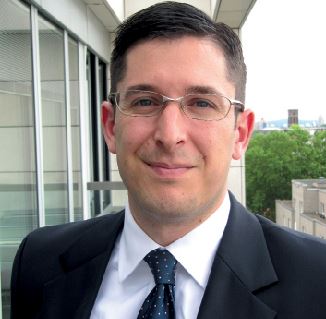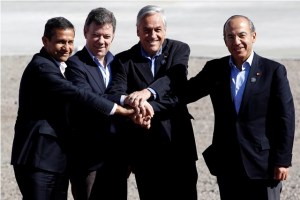[vc_row][vc_column width=”1/2″][vc_column_text]
Andean Community
The dream of a united Latin America has been pursued with vigour since the days of El Libertador, Simon Bolivar in the 17th century. Despite many attempts, the dream remains a distant one. South American politics are often boisterous and unruly and sometimes descend into farce. In 2005 when the South American Community of Nations sat down to discuss changing its name to the South American Union, someone realised that the name, in Spanish, was Union Sudamericana, or USA for short. That particular union has been riven by dissent and disagreement, and many of its nation states have subsequently renounced their membership. There remains, however, a number of smaller trading blocs on the continent, including the Andean Community. This is a regional economic organisation, created in 1969, whose members today consist of Bolivia, Colombia, Ecuador and Peru. It operates a customs union in the north-western quarter of South America - whose total population is 103 million people - allowing free movement of goods between the member states. Citizens even possess a common passport. Until 1996 it was known as the Andean Pact, with its headquarters in Lima, capital of Peru. Chile and Venezuela were previously members, but Chile withdrew in 1976. Venezuela withdrew in 2006 in protest at Colombia and Peru signing free trade agreements with the USA. Associate membership was granted to Argentina, Brazil, Paraguay and Uruguay in 2005, following the Andean Community’s agreeing to a closer relationship with Mercosur, the continent’s other main trading bloc, known as the Southern Common Market. The link between the two blocs was the catalyst for the attempt to create a single continental entity, based on the structure of the European Union, whose aims would include a unified passport, a parliament and, in time, a single currency. Disagreement between the member states has caused progress to stall. Some critics are saying that the Andean Community has become an irrelevance, and that the future for its members lies in broader trade connections, like the Pacific Alliance, a group of countries facing the ocean, to include New Zealand and Pacific island states.
What trade deals are there with other countries and economic unions?
MERCOSUR - CAN free trade area (from 31/12/2003)
[/vc_column_text][/vc_column][vc_column width=”1/2″][vc_column_text]Member Countries
Country | Population (2018) | GDP Growth (2021, %) | Date Joined |
|---|---|---|---|
11,215,674 | 6.1058 | 26/05/1969 | |
49,464,683 | 10.5633 | 26/05/1969 | |
16,863,425 | 4.2353 | 26/05/1969 | |
32,551,815 | 13.3495 | 26/05/1969 |
DEG: Germany Eyes Future Markets Beyond the BRICS
New ‘Pacific Alliance’ Upbeat and Seeking Competitive Advantages
Loading, Please Wait!
This may take a second or two.


















































































